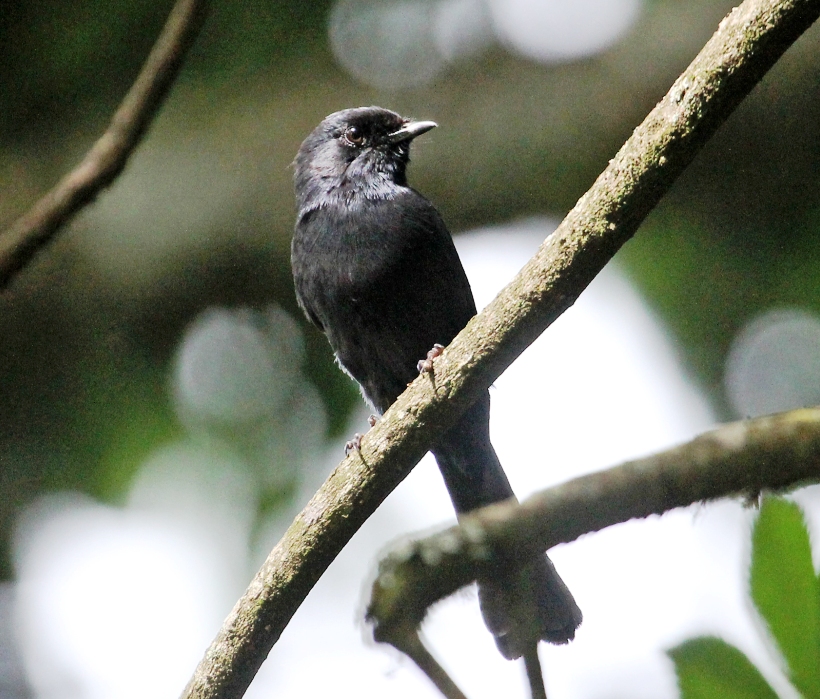- Home
- Our Story
- Safaris & Excursions
- Guides
- Gallery
- News
- Contact Us
Lake Magadi road birding is a popular option for a birder who has some days in Nairobi for pleasure or those with a connecting flight and have a few hours to spare. Also, a bird enthusiast attending business meetings/conferences in Nairobi and has a day off or two before flying back home. Break out of the city and enjoy a memorable day birding
Birdwatching Lake Magadi Road
Lake Magadi road birding’s first stop if the weather is fine is at Kona Baridi( Cold Bend) at the southern end of Ngong Hills which is dry, windy, and a bit chilly in the morning. While here, you have an excellent view of the Great Rift Valley and Nairobi City, and further down stunning views of Olesukut and Olorgesailie mountains which are scenically amazing. From here we shall search for birds in the plains below and on top of Acacia trees dotting the area, bird species likely to be seen are African Pipit, Brown Parisoma, Augur Buzzard, Red-faced Crombec, African Citril, Southern Grosbeak Canary, Malachite and Golden-winged Sunbird, Red-throated Tit, Abyssinian Wheatear, plus many other interesting bird species. As you start going downhill, the vegetation and altitude change to more acacia bushes and woodland. You can make around three or more stops for Lake Magadi road birding after Kona Baridi along the road where you can do a bit of walking in the bushes. At Across Road the rare Pringle’s Puffback and Foxy Lark will be heard singing, and a group of Lesser Kudu is also encountered on the elevation to the left. Driving further down is Ol Kejo River which is mostly dry, a perfect place to look for Ashy Cisticola, Short-tailed Lark, Mouse-colored Penduline Tit, and Buff Crested Bustard, other species seen around are Somali Bunting and Tiny Cisticola. A few minutes after the river there is a community borehole, where on the electricity lines the Taita Fiscal is seen perching, on plains adjacent, Kori Bustard will be puffing. Two-banded and Three-banded Coursers may also be seen. On the electricity wire look for White-throated Bee-eaters with their throats well displayed. In Oltepesi town Swahili Sparrow maybe nesting on a few acacias left on the roadside. From here drive down to Lake Magadi where in the middle of the day, the temperatures are high, to look for the resident Magadi Plover, or the Chestnut-banded Plover, Dimorphic and dark Little Egrets, flocks of Lesser Flamingos, Gull-billed Terns, Pied Avocets, White-winged Black Terns, Cape Teals. On your way back in on top of the electricity, poles lookout for Eastern Chanting and Gabar Goshawks. Above in the sky, the Black-chested Snake and the Verreaux’s Eagles may also be seen. The beauty of Magadi road, on a good day, more than 100 bird species are recorded. Lake Magadi Road Birding can be done any time of the year
At 600 meters (2,000 feet) above sea level, Lake Magadi is one of the hottest places in Kenya and the world’s second-largest trona deposit (first is California’s Salton Sea). Magadi receives less than 500mm (20 inches) of rainfall and has an average temperature of 20C (68F) varying between 15 and 41 C (59 and 105.8F) Evaporation rate is 3500mm (120 inches ) annually. For astronomy lovers, the whole stretch of Magadi Road from Corner Baridi is beautiful for stargazing in the evening, in a clear sky, Uranus, Orion, the Pleiades-the Seven Sisters, and Nebula are seen perfectly. Also, planets Venus, Mars, the bright one, and the red one Saturn may be observed well
Lake Magadi Road Birding Notable Birds
Common Rock Thrush, Northern Wheatear, Vitelline Masked Weaver, Black-necked Weaver, Red-throated Tit Wailing Cisticola, African Bare-eyed Thrush, Pringle’s Puffback, Zanzibar Greenbul, Ashy Cisticola, Mouse-coloured Penduline Tit, Buff-crested Bustard, Somali Bunting, Tiny Cisticola, Red-fronted Warbler, Swahili Sparrow, White-throated Bee-eater, Magadi Plover, Dimorphic Egret, Gull-billed Tern, Two-banded Courser, Three-banded Courser
Ruma National Park is a hidden gem for, nature lovers, birdwatchers, photographers and wildlife enthusiasts, offering a rich diversity of species and some of Kenya’s most picturesque scenery. This delightful birding hotspot boasts a sensational mix of habitats, making it one of the country’s finest birding destinations. It is the best place to spot the rare Montane Blue Swallow and the iconic Roan Antelope, alongside a wide variety of other species. Thanks to its mild climate and natural landscapes, birdwatching in Ruma is productive throughout the year. For an even more rewarding experience, a visit to Ruma can be seamlessly combined with nearby birding treasures such as Lake Victoria, Busia Grasslands, Mount Elgon, Kongelai Escarpment, and Kakamega Forest, forming part of Kenya’s western birding circuit.

Paradise Lost is one of the best birding hotspots close to Nairobi, combining exceptional birdwatching with rich history and scenic beauty. The area lives up to its name, offering a peaceful natural environment with diverse habitats that support a wide variety of bird species.
The main attraction is the caves and waterfall, which were once used by the Mau Mau freedom fighters during Kenya’s struggle for independence. Today, the site is better known for its wetlands, grasslands, plantations, and forest, all of which provide superb birdwatching opportunities. Birding here is conducted on foot, allowing birders to fully immerse themselves in the landscape while exploring trails that can last between 7–8 hours.
Apart from birding, visitors can also enjoy the on-site coffee factory, where fresh blends are prepared and sold at affordable prices—a unique bonus to the Paradise Lost experience.

Waterbirds: Little Grebe, Yellow-billed Stork, African Spoonbill, Gray Heron, Great Cormorant, Reed Cormorant, African Darter, Little Bittern, Knob-billed Duck, African Black Duck
Raptors: African Fish Eagle, African Harrier Hawk, European Honey Buzzard, Lanner Falcon, Crowned Eagle, Wahlberg’s Eagle, Long-crested Eagle, Booted Eagle, Osprey, African Goshawk, Augur Buzzard, Eurasian Hobby, White-backed Vulture,
Forest & Woodland Species: Buff-spotted Flufftail, African Green Pigeon, African Pygmy Kingfisher, White-starred Robin, African Yellow Warbler, Grey-olive Greenbul (a rare, range-restricted highlight in Nairobi)
With its proximity to Nairobi, rich history, and birding diversity, Paradise Lost is a must-visit destination for birdwatchers looking for a full-day experience just outside the city.
